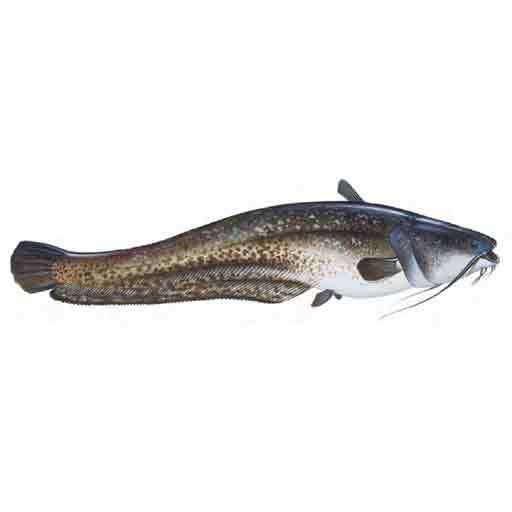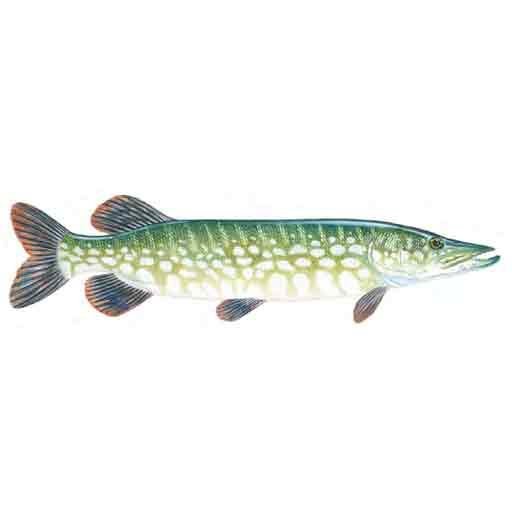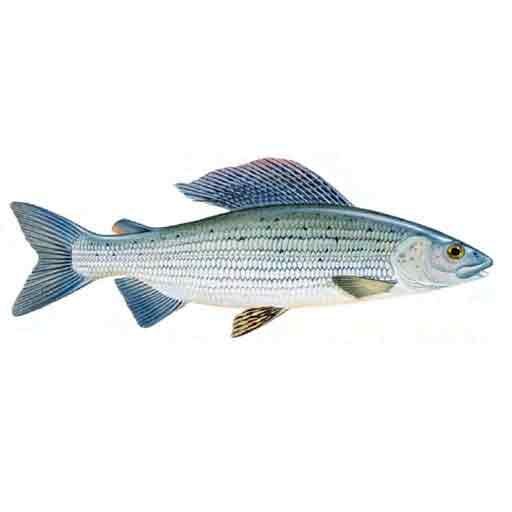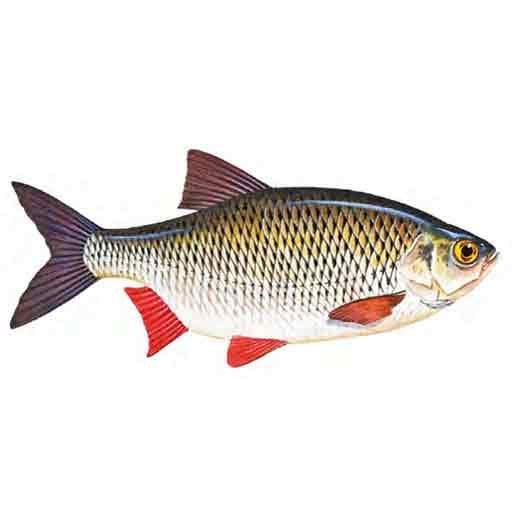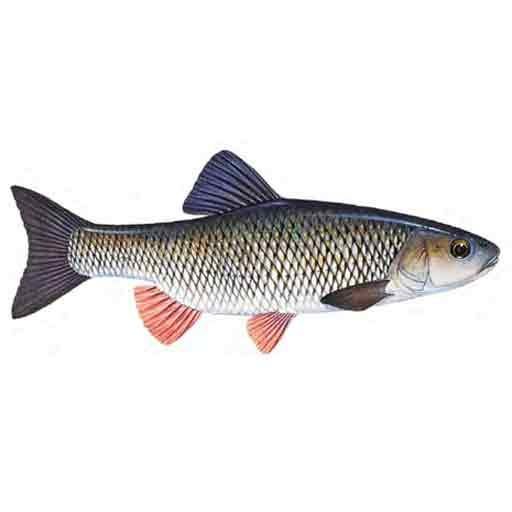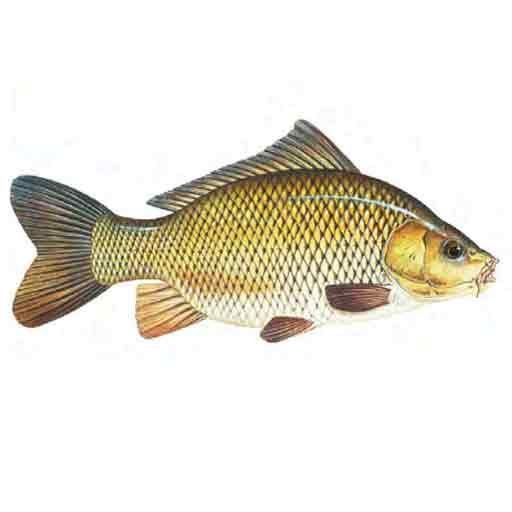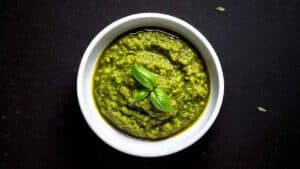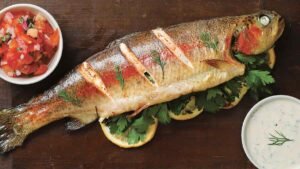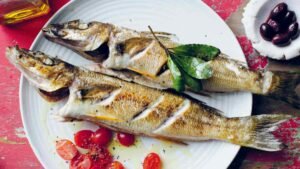Barbels in Angling
The common barbel (Barbus barbus) remains one of the most sought-after species by anglers across Europe. This distinctive fish, characterized by its elongated body, bronze coloration, and the four signature barbels surrounding its mouth, has earned a devoted following among fishing enthusiasts. These sensory organs not only give the fish its name but serve a critical function in helping barbels locate food along riverbed substrates, particularly in low-visibility conditions. The common barbel thrives in what ecologists term the “barbel zone”—sections of rivers with moderate flow, good oxygenation, and gravel or stone bottoms.
Anglers prize barbel not just for their availability but for the remarkable challenge they present when hooked. Their powerful muscular structure and streamlined body make them formidable opponents that can test even well-designed tackle to its limits. This sporting quality, combined with their tendency to form large shoals in rivers like the Wye, creates exciting opportunities for consistent catches during the right conditions. Historical accounts, such as Izaak Walton’s observation of barbel in the Danube being so plentiful they could be caught by hand “eight or ten load at a time,” speak to their historical abundance.
Techniques and Tackle
Successfully targeting barbel requires specialized equipment that accounts for both the fish’s strength and its bottom-feeding behavior. Experienced anglers typically employ rods with test curves between 1.5 and 2.5 pounds, providing sufficient backbone to handle powerful runs while maintaining enough sensitivity to detect subtle takes. Main fishing lines should offer breaking strains of at least 8-12 pounds to withstand not only the fish’s fighting capacity but also the swift currents typical of barbel habitats.
The bait selection reflects Barbel’s diverse and opportunistic feeding habits. Effective options include boilies, pellets, luncheon meat, maize, and worms—all of which can be used individually or in combination to create attractive presentations. These baits leverage the barbel’s highly developed sensory system, which utilizes its whisker-like barbels packed with taste receptors to locate food sources even in murky conditions. These sensory barbels contain specialized taste buds situated on dermal papillae, allowing the fish to detect enzymes in the water that might indicate potential food sources.
Conclusion
Barbel fish represents a fascinating intersection of culinary excellence and sporting challenges. Its delicate, nutritious flesh offers tremendous potential in the kitchen when prepared with an understanding of its unique texture properties. Meanwhile, its strength, availability, and bottom-feeding habits make it a prized quarry for anglers throughout its native and introduced ranges. Whether approached from the perspective of a chef seeking sustainable and flavorful options or an angler looking for a worthy adversary, barbel deserves greater appreciation for both its gastronomic qualities and its remarkable biological adaptations.
For those yet to experience barbel on their plates or at the end of their lines, this underappreciated fish offers rewards well worth discovering. Its widespread distribution, farming potential, and culinary versatility suggest barbel will continue to play an important role in both recreational fishing and sustainable food systems for years to come.





